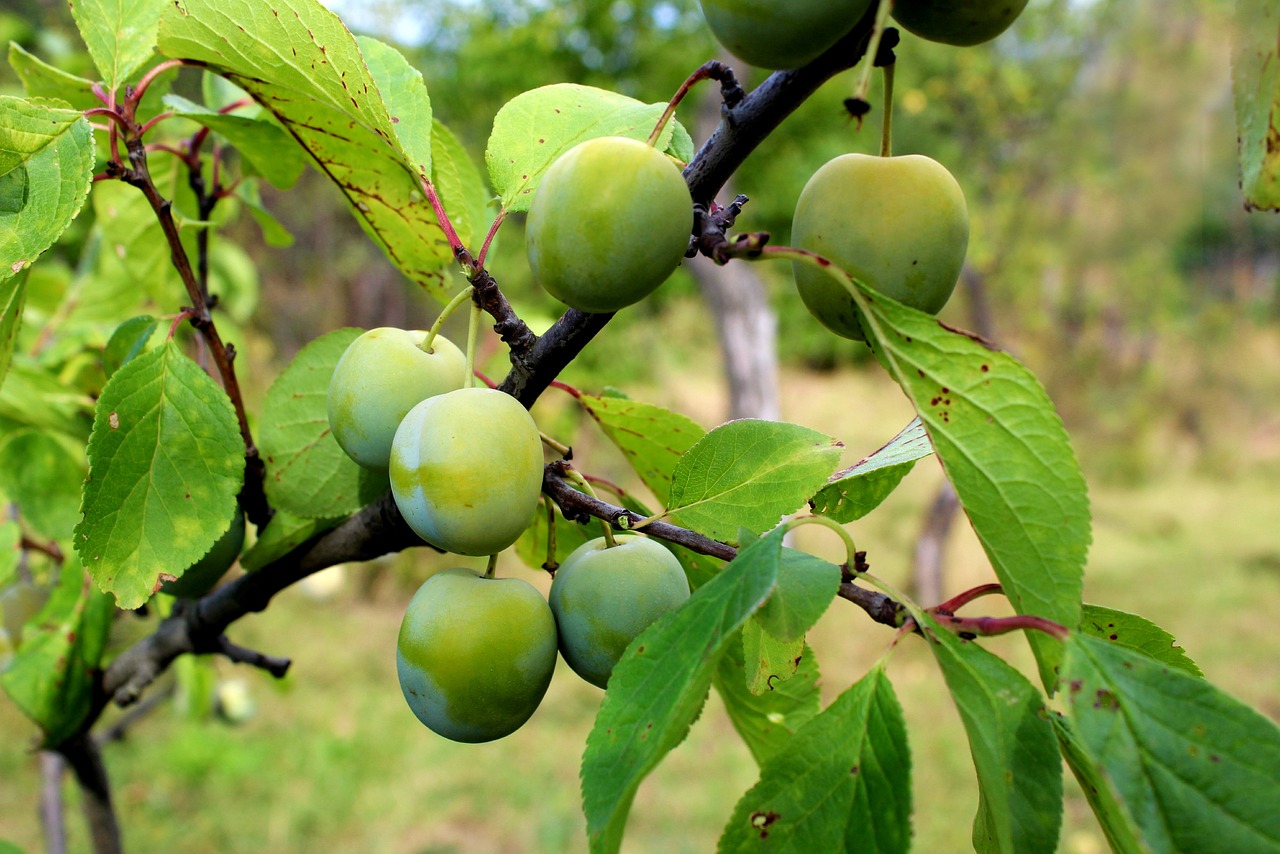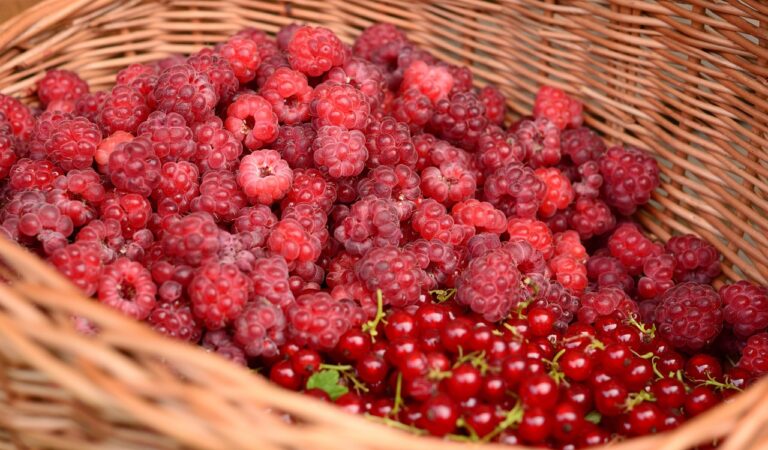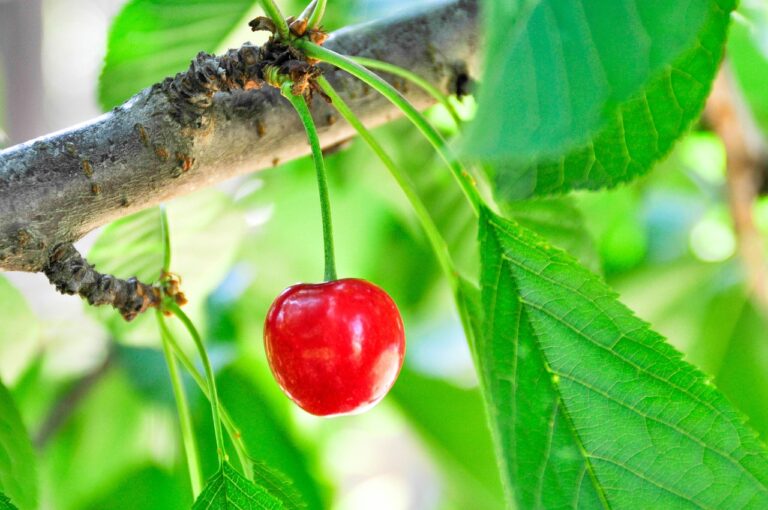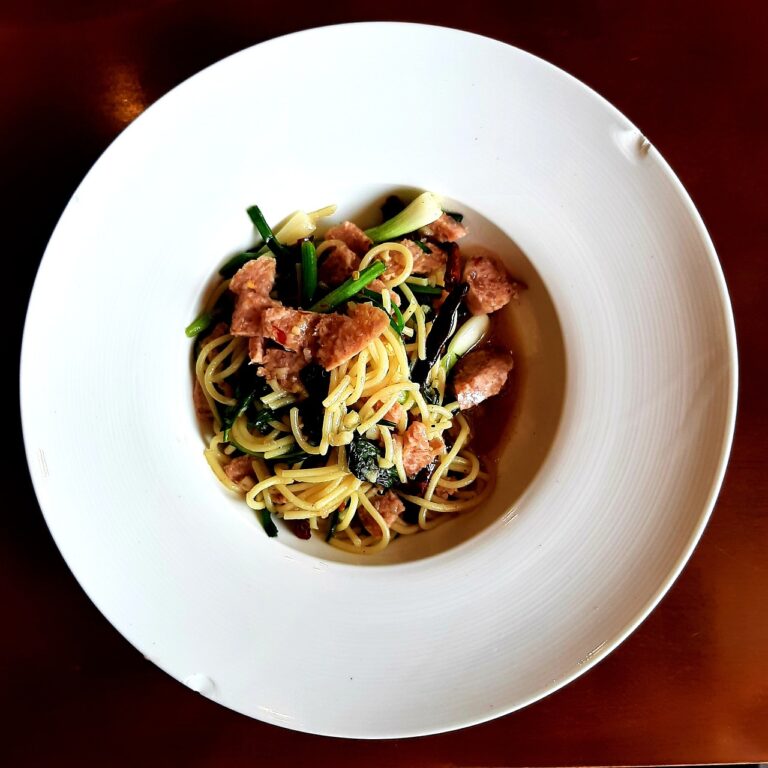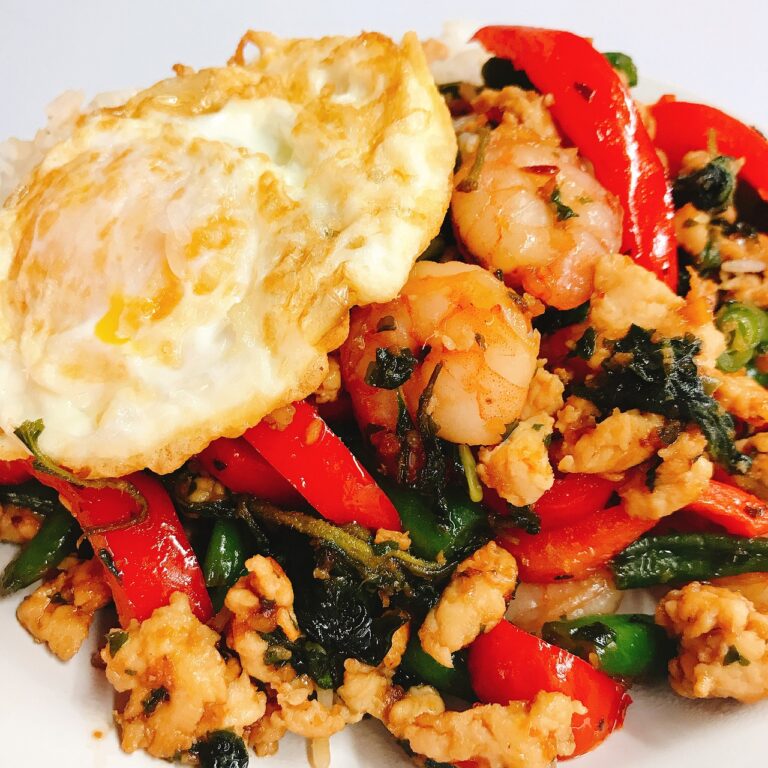The Evolution of Packaging Materials for Extended Shelf Life in Pet Food: Gold bet, Tiger exch login, Betbook250
gold bet, tiger exch login, betbook250: The pet food industry has seen significant advancements in recent years, particularly in the evolution of packaging materials to extend the shelf life of pet food products. Pet owners are increasingly looking for pet food options that not only provide high-quality nutrition for their furry friends but also ensure the freshness and longevity of the food.
In the past, pet food packaging primarily consisted of basic materials such as paper bags and cardboard boxes. While these materials served their purpose in protecting the food from external elements, they often fell short in maintaining the freshness of the food over an extended period. This led to the development of innovative packaging materials that could better preserve the quality of pet food for a longer shelf life.
One of the key advancements in pet food packaging materials is the use of barrier films. These films are designed to provide a protective barrier against oxygen, moisture, and light, which are the primary factors that contribute to the degradation of pet food. By using barrier films in pet food packaging, manufacturers can significantly extend the shelf life of their products, ensuring that pets receive fresh and nutritious food every time.
Another significant development in packaging materials for extended shelf life in pet food is the use of vacuum-sealed packaging. Vacuum-sealed packaging removes the air from the packaging before sealing it, effectively preventing oxidation and spoilage of the food. This technology has become increasingly popular in the pet food industry as it allows for longer shelf life without the need for artificial preservatives.
Furthermore, advancements in packaging materials have also led to the development of resealable packaging options for pet food. Resealable packaging allows pet owners to open and close the packaging multiple times without compromising the freshness of the food inside. This not only helps in maintaining the quality of the pet food but also adds convenience for pet owners who may need to store the food for an extended period.
Additionally, the use of recyclable and sustainable packaging materials has gained traction in the pet food industry. As pet owners become more environmentally conscious, they are actively seeking out pet food products that are packaged in materials that are recyclable and eco-friendly. Manufacturers are responding to this demand by using biodegradable packaging materials that reduce waste and minimize the environmental impact of pet food packaging.
Overall, the evolution of packaging materials for extended shelf life in pet food has brought about significant improvements in the quality and longevity of pet food products. Pet owners can now choose from a wide range of packaging options that not only protect the food from external elements but also ensure that pets receive fresh and nutritious food every time they eat.
FAQs
Q: How do barrier films extend the shelf life of pet food?
A: Barrier films provide a protective barrier against oxygen, moisture, and light, which are the primary factors that contribute to the degradation of pet food. By blocking out these elements, barrier films help maintain the freshness and quality of pet food for a longer shelf life.
Q: Are vacuum-sealed packaging options safe for pets?
A: Yes, vacuum-sealed packaging options are safe for pets. These packaging materials are designed to remove air from the packaging before sealing it, which helps prevent oxidation and spoilage of the food. Pets can safely consume food that has been packaged using vacuum-sealed technology.
Q: How can pet owners ensure the freshness of pet food after opening the packaging?
A: Pet owners can ensure the freshness of pet food after opening the packaging by using resealable options. Resealable packaging allows pet owners to close the packaging securely after opening it, ensuring that the food remains fresh and protected from external elements.

